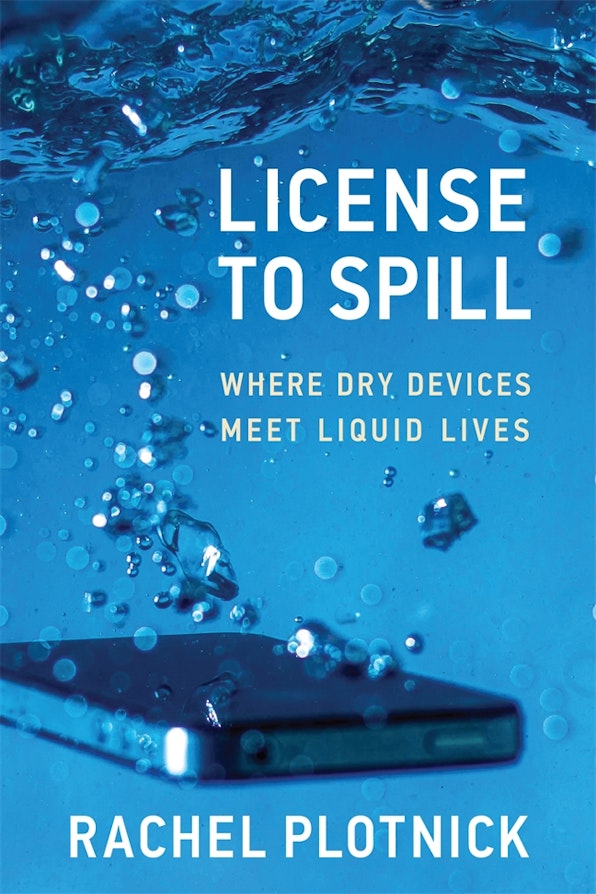While radios were designed for portability in the 1940s and 1950s, manufacturers identified liquids as their one limitation. A 1947 Zenith ad, for instance, proclaimed that “Zenith Portables won’t play under water … but they will play everywhere else!” If the aquatic radio seemed an impossibility when compared to all the places a radio could go, then so too did the bathroom device; it was highly unusual to put radios to use there given the potential for electrocution and the limited space available in most bathrooms away from water elements.
Thus, by the 1970s, products made for bathroom consumption were uncommon novelties, like the Sears, Roebuck and Company radio that could affix to walls or fit on shelves. A similar model made by Windsor, aimed at the “executive,” attached to the bathroom wall via adhesive strips, framing the toilet paper roll. Many of these devices ran on batteries, mitigating the need for cords that previously posed a danger with wetness. Radio manufacturers found a new willing audience among bathers in the mid-1980s, however, amid the cultural turn toward health and fitness. They proposed that bathroom showers could serve as a new media consumption site and that the radio apparatus itself, like the Sports Walkman, could get wet as opposed to merely operating at a safe, splashable distance from water. Targeted particularly at people in their teens to 30s, shower radios were relatively inexpensive (typically between $20 and $35) and featured plastic housings and water-resistant coating for wall-mounted use. Some of the most well-known brands included Wet Tunes by Salton, Soaprano by Biforia USA Inc., and Splash Dance by Pollenex. By 1985, Adweek forecasted that corporations would sell 1.5 million shower radios that year ($30 million in sales), with a projected 1986 increase to 2 million units ($40 million in sales).
These devices grew quickly in popularity due to their low price, plastic construction, and the ways that they reinforced and promoted entertainment as seamlessly meshing with hygienic and fitness cultures. Newspapers, magazines, and department stores featured them as ideal Christmas gifts, and corporations often included them as sweepstakes prizes. They constituted a type of gimmick, which spawned many iterations in the mid-to-late 80s, including Tub-Tunes, Nep-Tunes (meant for the pool), and Hit Tunes. Nevertheless, Lester Gribetz, an executive vice president and general manager of housewares for department store Bloomingdale’s, observed their fleeting trendiness; sales fell in half from one year to the next, once “hot” and then not. Consumers didn’t take such products seriously as a necessity — unlike the battle-ready wristwatch or the impervious camera — but rather they considered them an accessory aimed at a particular demographic who wanted to make the bathing experience more fun.
